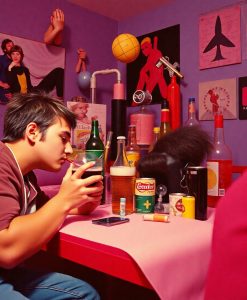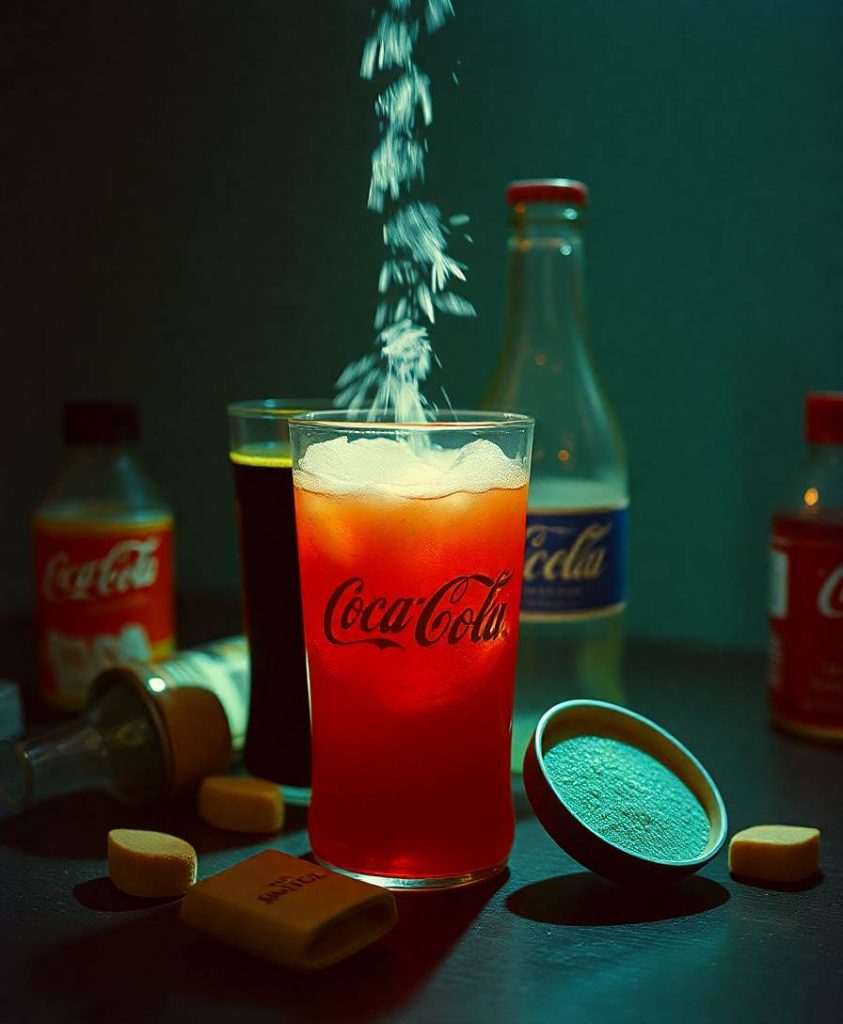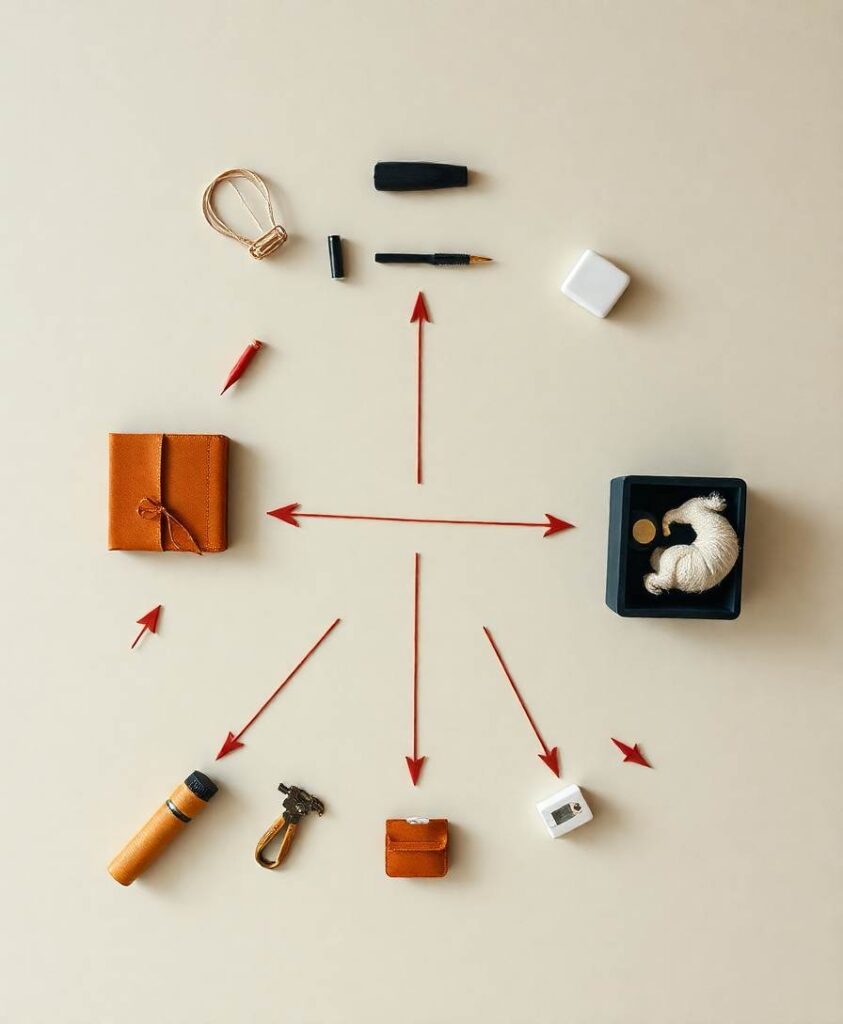Feeling the buzz of a gathering, the flicker of laughter, the clink of glasses—these are the familiar rhythms of social life for many young adults. Yet beneath that lively surface lies a subtle but powerful force: peer influence. When we’re with friends, especially in college settings, the desire to fit in can push us toward behaviors we might not consider alone. For some, that means drinking more than they intended, which can open the door to risky choices that impact safety and well-being.
It’s easy to overlook how much our social environment shapes our decisions, particularly around alcohol use. When friends are drinking heavily or encouraging others to join in, it’s tempting to follow along, even if it feels outside your usual comfort zone. This phenomenon isn’t just about peer pressure in the moment but also about the way social norms and group dynamics embed themselves into our subconscious, nudging us toward riskier behavior without us fully realizing it.
Why do young adults tend to drink more when surrounded by peers?
Research shows that social influences play a significant role in shaping alcohol consumption among college students. A recent study involving over 500 students highlights this connection, revealing that peer pressure isn’t just a fleeting moment but a persistent factor in how much young people drink. When peers model heavy drinking, it can normalize risky behavior, making it seem like the expected or acceptable way to engage socially.
For many young adults, the desire to belong and be accepted outweighs the awareness of potential dangers. The social scenario can feel like a pressure cooker—where the intensity of group norms and the need to fit in amplify the urge to participate in drinking sessions that go beyond personal limits. That sense of belonging, so vital during these formative years, can inadvertently lead to increased risk-taking, including reckless behaviors like drunk driving or unsafe sexual encounters.
How peer-drinking culture influences risky behaviors
Peer influence doesn’t just change how much someone drinks—it can also alter how they behave afterward. When drinking is tied to social acceptance, the line between casual fun and dangerous risk blurs. Young adults may find themselves in situations where they feel compelled to drive after drinking, despite knowing the risks. The social pressure to keep up with peers can override caution, making risky behaviors more likely.
Understanding this dynamic is crucial for anyone concerned about the well-being of young adults. Recognizing that peer influence can extend beyond just drinking to include dangerous behaviors underscores the importance of fostering healthier social norms. It’s about creating environments where moderation and safety are part of the social script, not the exception.
What can communities do to promote safer choices?

Addressing peer influence requires a combination of education, community engagement, and supportive environments. Encouraging open conversations about alcohol and risk can help young adults develop their own boundaries, even in social settings. Peer-led programs that promote responsible drinking and safe behaviors have shown promise in shifting norms.
Parents, educators, and community leaders can all play a role in creating spaces where young people feel empowered to make safer choices. When the focus is on building connections based on respect and care rather than conformity through risky drinking, the social pressure to engage in dangerous behaviors naturally diminishes.
Ultimately, understanding how social influences impact young adults’ decisions around alcohol helps us support healthier behaviors. Recognizing that peer pressure can lead to increased drinking and risky actions is the first step toward fostering safer, more supportive social environments where young adults can thrive without feeling compelled to jeopardize their safety.
Learn More: Thinking peers drink more drives risky behavior
Abstract: The study explores how social influences, particularly peer pressure, impact substance use — and misuse — among young adults. A confidential online survey on alcohol use was given to 524 students at a large public university (not UTA).
Link: Read Full Article (External Site)



